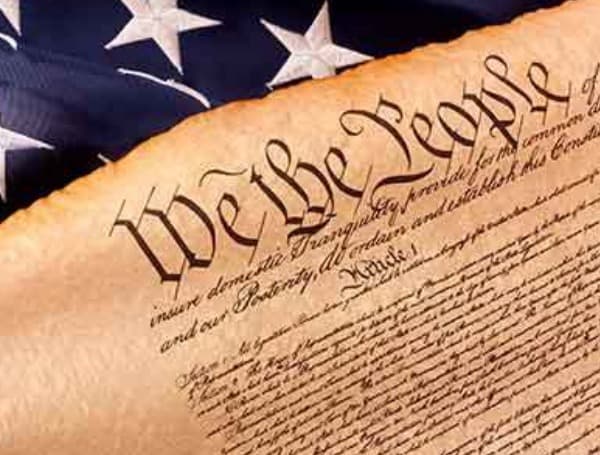Just when you thought the election was over, there is more to come. The Electoral College hasn’t voted yet, and in like every U.S. Election, the process anticipates recounts, lawsuits, and disputes. Once these disputes are settled the ‘meeting of electors’ takes place.
The deadline for settling any disputes from the November 3rd election must be completed by Dec 8th of that election year. On December 14th the ‘meeting of electors’ takes place in each state and the selected electors cast their ballots for the next President of The United States.
This series of events is detailed below, leading up to Inauguration Day for the President-Elect to be sworn in for four-years as President of the United States.
- Nov. 3, 2020: Election Day, when voters in each state will select their presidential electors. The names of electors are not on the ballot in most states. Rather, when a voter casts a vote for a presidential candidate, s/he is also casting a vote for the electors already selected by the party of that candidate. If a majority of voters in a state vote for the Republican candidate for president, the Republican slate of electors is elected. If a majority vote for the Democratic candidate, the Democratic slate of electors is chosen.
- Dec. 8, 2020: Deadline for Resolving Election Disputes. All state recounts and court contests over presidential election results must be completed by this date. (3 U.S.C. § 5). For the majority of states, the date of certification is the same as for all contests, but in eight states there is a deadline that either directly references 3 USC §5 or uses similar language, requiring that disputes surrounding the selection of presidential electors be resolved in time to meet the “safe harbor” deadline: Indiana, Iowa, New Jersey, North Carolina, Ohio, Tennessee, Texas, and Virginia. For detailed information on state post-election processes, please visit this page.
- Dec. 14, 2020: Meeting of the Electors. The electors meet in each state and cast their ballots for president and vice president. Each elector votes on his or her own ballot and signs it. The ballots are immediately transmitted to various people: one copy goes to the president of the U.S. Senate (who is also the vice president of the United States); this is the copy that will be officially counted later. Other copies go to the state’s secretary of state, the National Archives and Records Administration, and the presiding judge in the district where the electors meet (this serves as a backup copy that would replace the official copy sent to the president of the Senate if it is lost or destroyed).
- Dec. 23, 2020: Deadline for Receipt of Ballots. The electors’ ballots from all states must be received by the president of the Senate by this date. There is no penalty for missing this deadline.
- Jan. 6, 2021: Counting of the Electoral Ballots. The U.S. Congress meets in joint session to count the electoral votes.
- Jan. 20, 2021: Inauguration Day. The president-elect becomes the president of the United States.
Publishers Note: While The Free Press will always be free for our readers, and ad-supported, we are asking our loyal readers to consider a monthly donation of $3 to maintain our local journalism and help us grow, as we ramp up ad sales locally.
You can click here to support us.
We thank you all for your consideration and for supporting local journalism
Login To Facebook To Comment


The Democrat should call for a recount in florida